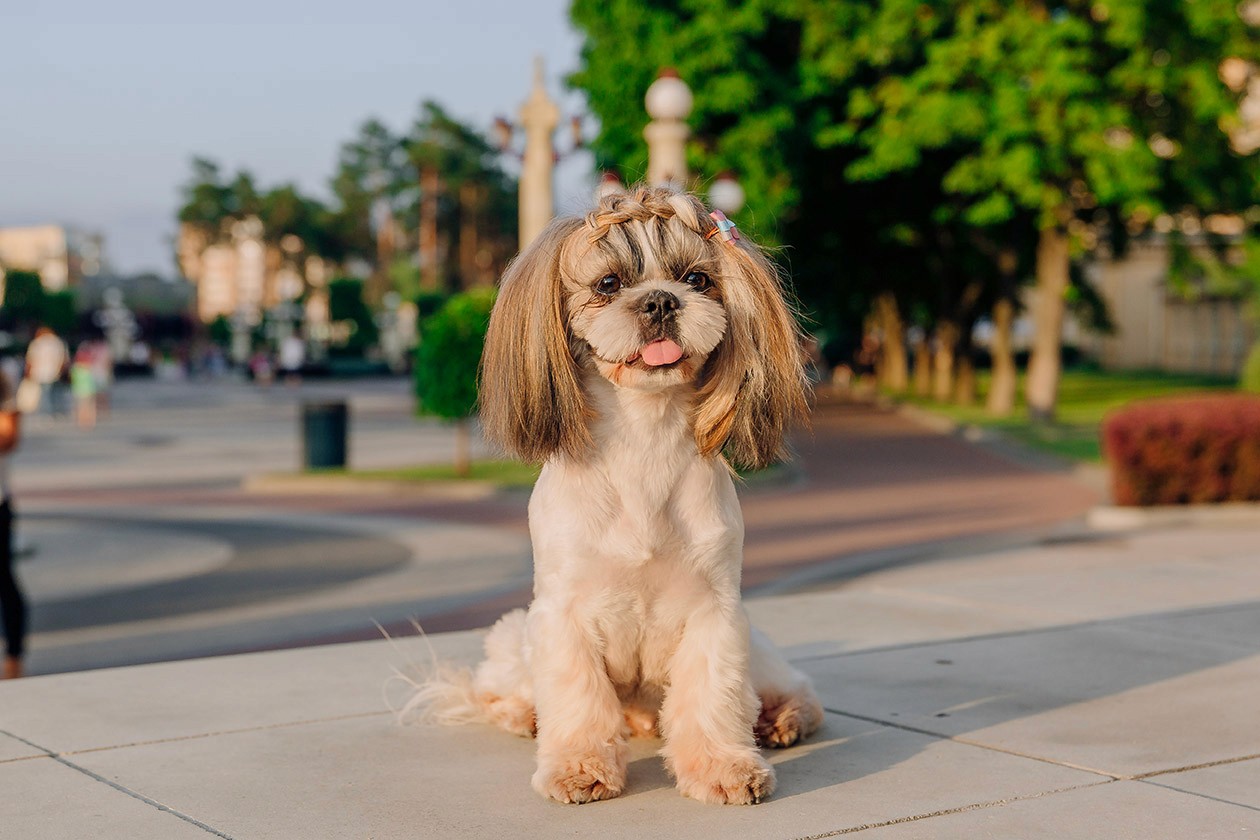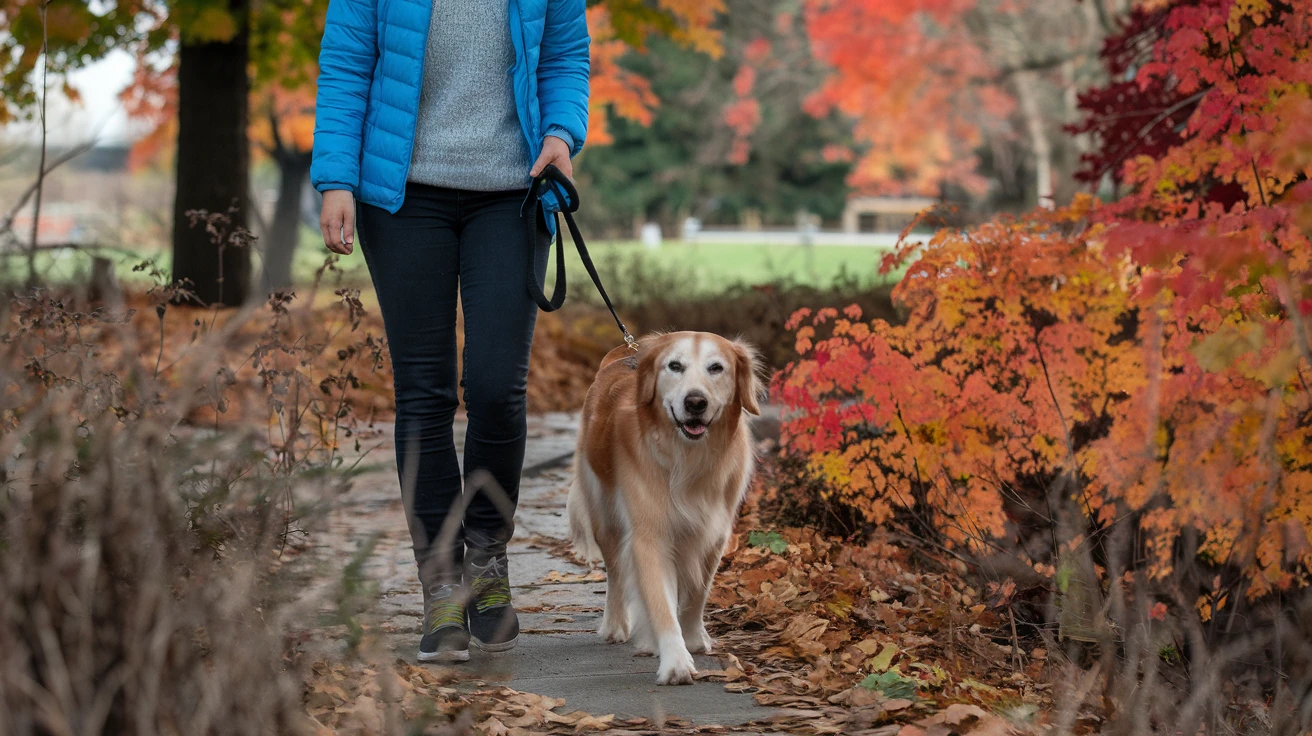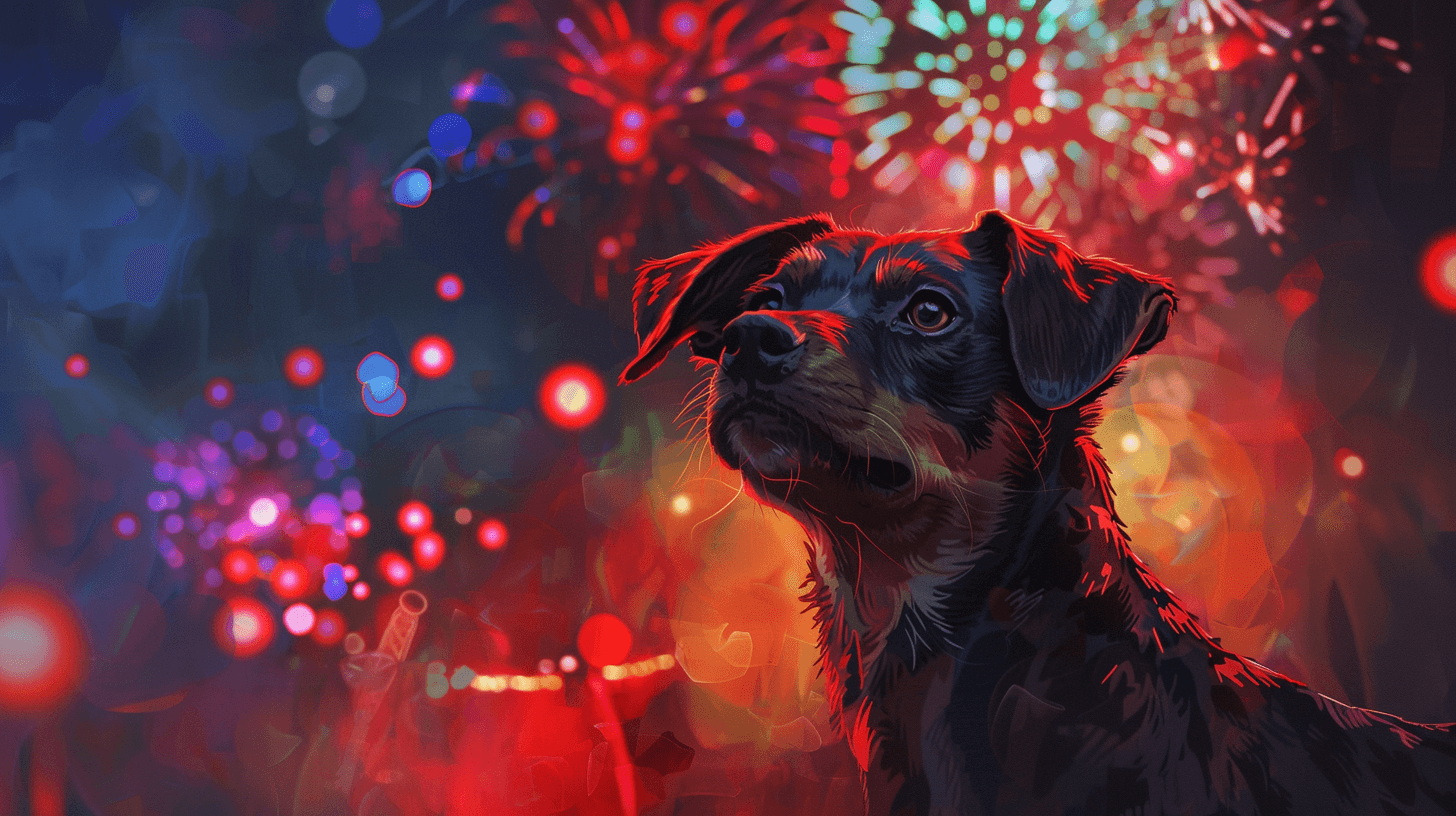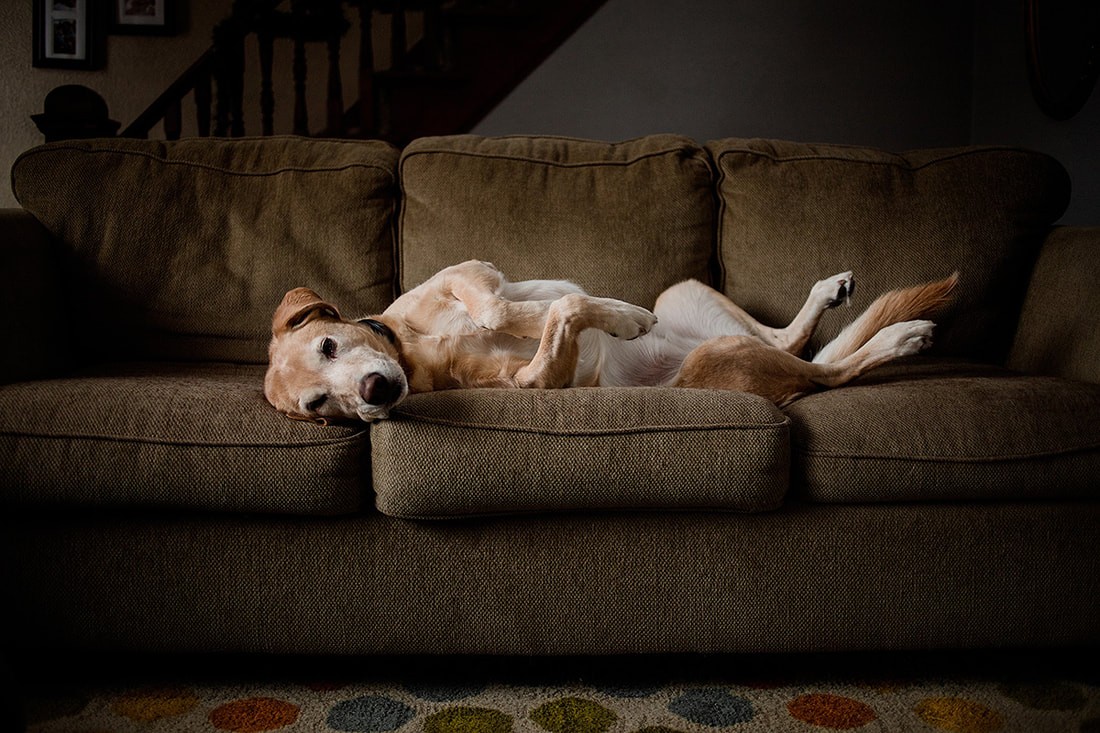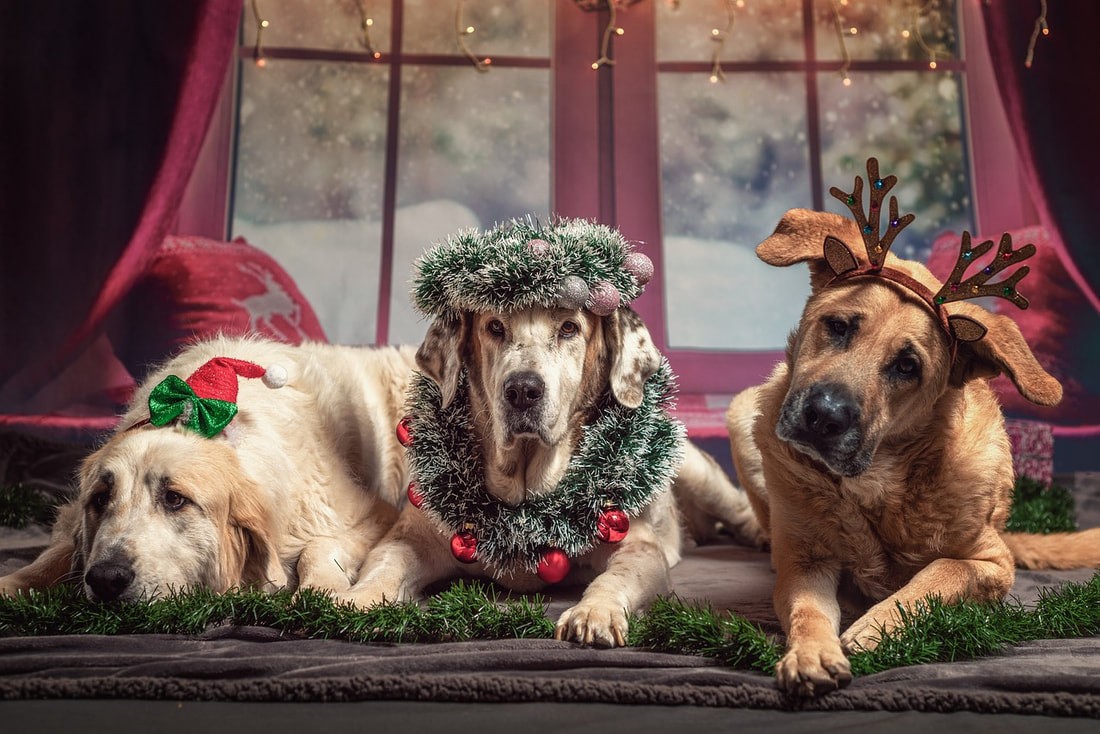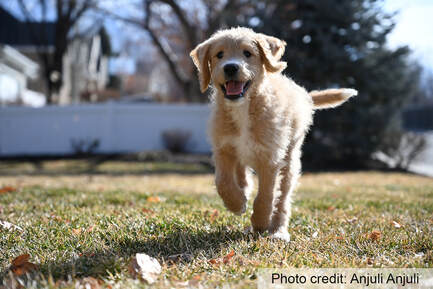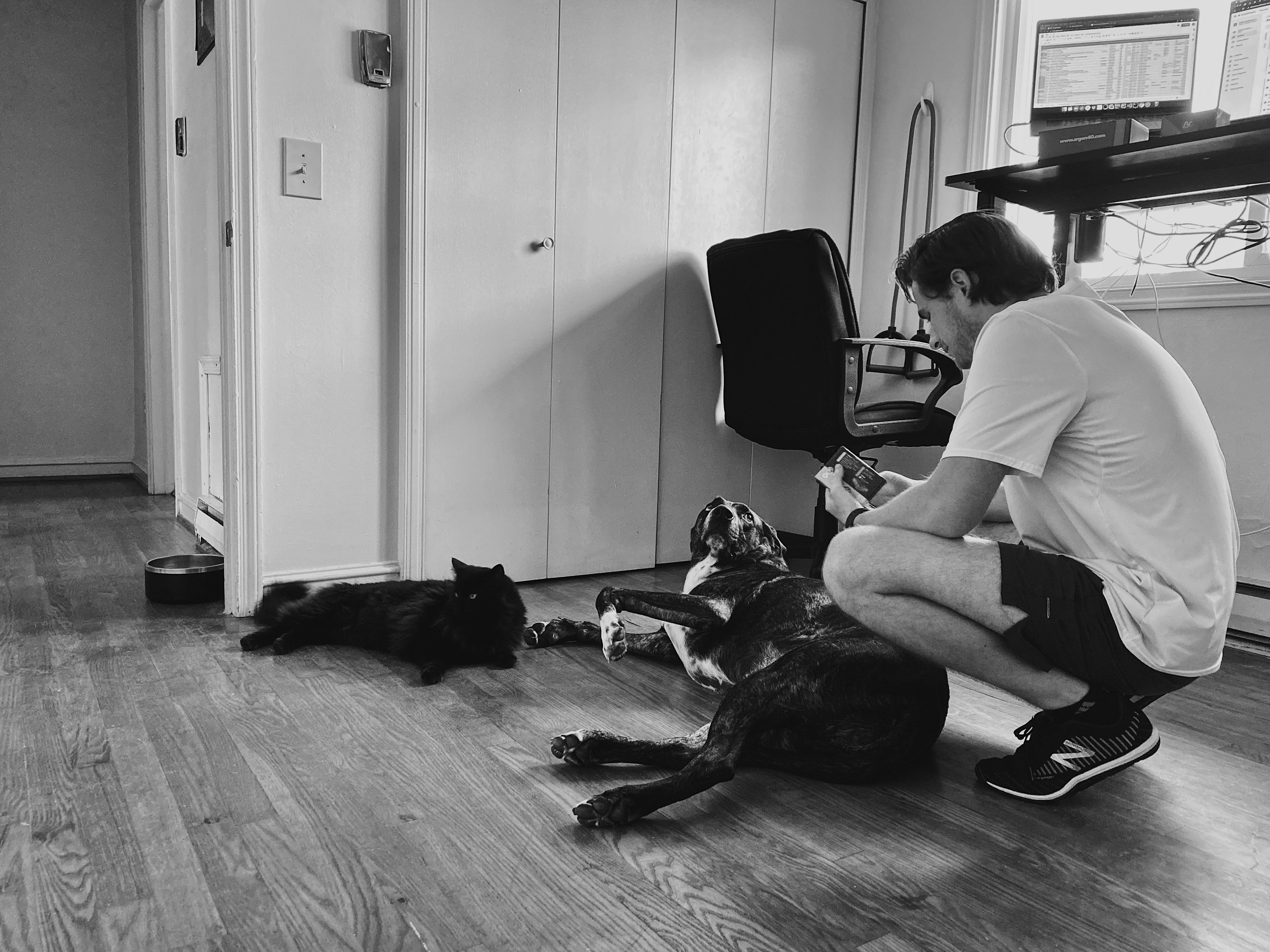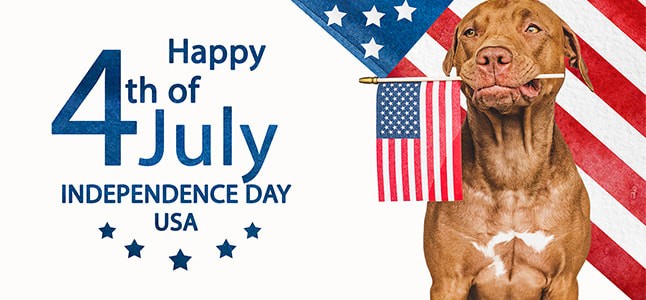Canine Conversations
Recent posts
Why Your Dog Must Have a Solid Recall

Chitra Walmsley
Tuesday, January 21, 2025
5 - 7 minutes
Recall is a technique in dog training that teaches your dog to come back to you when you call them. It is an important behavior for your dog to learn before you let them off the leash in public places...
Top Tips to Keep Your K9 Companion Safe for the Fall Season

Chitra Walmsley
Thursday, October 10, 2024
4 - 5 minutes
With the change in season though and cooler weather in toe here are some useful tips to remember to keep your dog safe and comfortable through Fall and heading towards winter.
Back to School = Fido Left at Home Alone

Chitra Walmsley
Monday, August 26, 2024
2 - 3 Minutes
Learn how to ease your dog into post-summer routines by gradually adjusting daily schedules, creating safe zones, using puzzle toys, and ensuring continued exercise and engagement to reduce stress.
The Loving Owner's Guide to a Thriving Canine

Penny Martin
Wednesday, August 21, 2024
4 minutes
As a devoted dog owner, the happiness and well-being of your furry friend are paramount. This guide offers a comprehensive look into nurturing strategies that significantly enhance your dog's life.
Helpful tips for dog owners during July 4th celebrations!

Chitra Walmsley
Sunday, June 30, 2024
5 minutes
Your dog may not enjoy the festivities as you might think.
Preparing Your Pet for a Sitter

Penny Martin
Wednesday, May 8, 2024
8 minutes
Properly preparing for a pet sitter ensures your pet stays comfortable and secure while you're away.
The Multifaceted Benefits of Service Dogs for People with Disabilities

Penny Martin
Saturday, January 6, 2024
11 minutes
Service dogs play a transformative role in the lives of individuals with disabilities, offering them a unique blend of companionship and practical assistance.
7 Tips to Keep your Dog Safe during the Holidays

Chitra Walmsley
Friday, December 15, 2023
6 minutes
Dogs love being part of family celebrations and it can make the festivities even more memorable having them be part of it
Essential Advice for First-Time Pet Owners

Penny Martin
Friday, September 22, 2023
7 minutes
Top tips when bringing a new pet home to make sure that your home is prepared for its arrival.
Tips for Pet Owners When Downsizing Your Home

Aurora James
Tuesday, March 21, 2023
5 minutes
Your new place may need some upgrades to make your pet feel at home and be safe. Reaad this collection of tips to help you and your dog prepare for a successful move.
12 Top Tips for the Dogs of Summer

Chitra Walmsley
Saturday, July 2, 2022
4 minutes
As the heat of summer bears down on you, remember to follow these tips to ensure that your dog can stay active and healthy.

